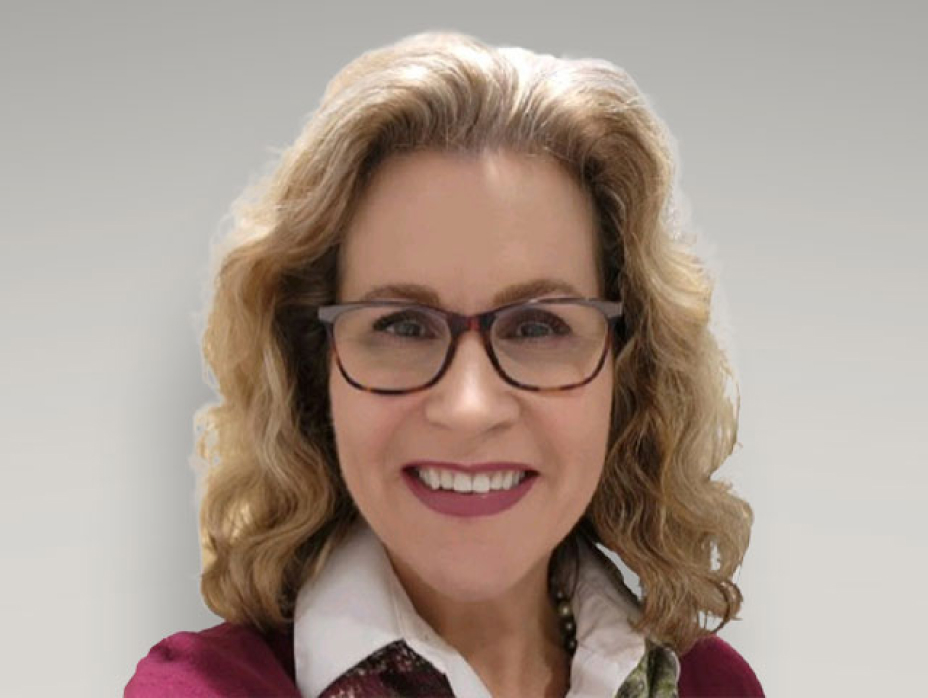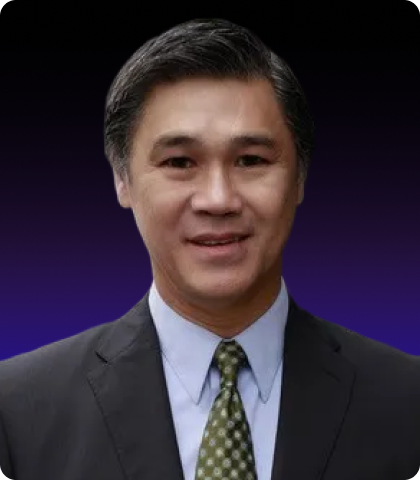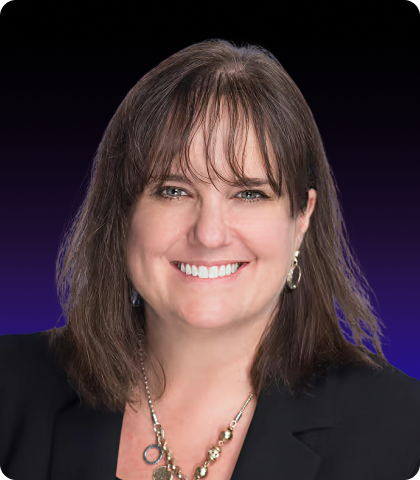Insurers have access to the deepest analytics sets. So shouldn’t they be taking the lead on digital transformation?
Gustavo Guadalupe became the entire IT department of a Buenos Aires insurance company at just 19-years- old. Almost three decades into an expected career in insurance and technology, the former chief information officer of Qualitas Insurance — and recently VP of Technology at Fairmatic — is still facing the same battles against mindsets and legacy technology that he faced as a youth.
That’s not to say Guadalupe’s life hasn’t changed. But a basic focus of his, and of his peers in insurance tech, has remained the same. Namely, centering technology in insurance companies’ approach to their most critical asset: data.
His career path from teenage tech enthusiast to technology strategist offers a window into the evolving relationship between insurance and technology. Despite his years of endeavor, Guadalupe considers that relationship to be in its early stages.
A teenage IT department
Guadalupe’s introduction to the insurance industry began at 17 when he heard of an opportunity through his brother-in-law.
The job wasn’t simply handed to him through nepotism. It was Guadalupe’s dogged impatience — okay, “nagging,” in this case — that got him through the door. It’s a trait that has continued to motivate him. He’s benefited from a tenacity that wore down resistance, which has become a theme in Guadalupe’s life that still serves him well.
Seizing on a way to break out of a too-slow future of finishing high school and plodding through toward a college degree, he pestered his soon-to-be brother-in-law for a job at an insurance company in Buenos Aires. “I jumped on his head: ‘Hire me, hire me, hire me!’” he recalls, his enthusiasm undimmed by the passing of time. “I did not stop until he said, ‘Okay, you can fix one computer and run one process.’”
By 18, he’d secured a formal position as a systems operator at Mayor Seguros, a small insurance firm with around 45 employees. His brother-in-law departed a year later, ceding the entire IT department to the 19-year-old Guadalupe.
“I couldn’t believe it, but I felt ready enough,” he says. This early baptism by fire taught him lessons that would shape his career philosophy: technology should serve the business, not the other way around.
His tenure at Mayor Seguros ended abruptly when Argentina’s 1998 economic crisis struck. “One day you’re going to the bank to get your money. And the next day, the bank is closed,” he remembers.
With the country’s financial system in free fall, he watched as the small insurer printed nothing but policy cancellations before eventually shutting down, along with his job.
Building expertise across borders
But a stroke of good luck appeared and his brief experience prepared him to seize it. The very next day after being let go, Guadalupe landed at Sistran, a Buenos Aires-based technology consultancy specializing in insurance systems.
Then, his real education began.
“I learned from really smart people,” Guadalupe says. “They knew insurance at such a deep level that 20 years later, I’m still benefiting from what they were teaching me.”
After two years of absorbing insurance knowledge, Sistran sent him to Puerto Rico to implement a system for insurance giant AIG. It was to be a temporary assignment, but life changed course when he met his first wife.
Rather than moving on to the next country, Guadalupe helped Sistran establish a permanent office in Puerto Rico, where he built and led a team of consultants implementing systems for clients across Latin America and into Texas.
“It was my time to give back all the knowledge my team back in Argentina gave me,” he says, speaking of his shift to training others. “I love to teach insurance and explain how things work and why insurance is insurance.”
The startup challenge
In 2015, after implementing a base system for startup Qualitas Insurance, Guadalupe was poached by the very client he’d been serving. “We implemented the base system, but we needed to build the company itself,” he explains. “After I implemented the system, the company told me, ‘Hey, you know about insurance — work with us.’”
Starting with essentially nothing — “no computers, no servers” — Guadalupe began building an IT department from scratch. His first major project revealed the style of strategic thinking that would define his leadership style.
“I did a ‘fake’ project,” he admits with a grin. “It was a Trojan Horse.”
While designing a comprehensive policy administration system, he strategically chose to begin with digital document management. The company was drowning in paper — “file cabinets everywhere” — so Guadalupe proposed a solution to make the company paperless.
Using SharePoint on the backend and a $28 template downloaded from the internet for the front end, his small team quickly built a document management system that eliminated physical files. The success of this first phase created momentum for the larger system.
“Everybody loved it,” he says. “And then we started putting in more functionalities — the claims module, the quoting process — but the whole system was already pre-designed.”
That same $28 template has grown, but in many ways, it represents the foundation of Qualitas’ policy administration system to this day.
Data: the eternal challenge
After 28 years in insurance technology, Guadalupe believes the industry’s biggest challenge remains consistent: data management.
“For the whole market, it’s data,” he says, particularly the “curation of data.” As a smaller insurer, Qualitas faces challenges with having a sufficient universe of data to build effective predictive models. However, for Guadalupe quality is always the paramount concern.
“Since the beginning of my career, I saw maintaining data quality as a problem,” he explains. “You have insurance companies with AS/400 [systems] and the data is less than ideal. If these companies want to move to a more modern system, they are going to have a lot of holes in all the data they are missing.”
Focusing on the practical
Despite his technical role, Guadalupe’s philosophy centers on human factors rather than silicon ones. “It’s never about the system,” he says. “I’m a chief information officer saying it’s not about IT — I’m shooting myself in the foot!”
Instead, he stresses certain foundational values that the technology must ultimately be built. “It’s about your processes, your people, your clients. The system is going to follow whatever process you have in place. If your process is broken, the system is going to fail faster.”
This human-centric approach extends to how he views artificial intelligence. For too many industries, not just insurance, AI amounts to more hype than hope. While Guadalupe is enthusiastic about AI’s potential, he urges caution about its current viability.
“The promise of AI is oversold. They sell this as the most amazing thing you are ever going to see — it’s going to save you all, it’s going to give you a kidney,” Guadalupe says, half-joking.
His team has already implemented some AI capabilities with surprisingly little code. And while it seems obvious that technology should follow business needs, not lead them, Guadalupe finds that frequent reminders are necessary.
Admittedly biased, Guadalupe sees smaller insurers like Qualitas as potentially more nimble in adopting AI. “They can implement really amazing stuff right now with five lines of code,” he says, adding that larger carriers’ efforts are slowed due to the higher demands of governance procedures.
The future of insurance
While his doubts about AI hype are one thing, Guadalupe expresses certainty regarding the immense untapped potential for tech to transform the insurance experience. He envisions a future where crossing a border automatically triggers insurance coverage through location services on a smartphone. “You subscribe [to an insurer’s offerings], and when you cross from one country to another, you don’t have to worry about buying insurance,” he says. “It’s there when you need it.”
The notion reflects overall optimism for insurers that are pro-active tech leaders.
“Insurance is in an age of technology that is just beginning,” Guadalupe says. “We have so much potential to become technology companies with an insurance option.”
Editor’s note: This article was prepared while Gustavo was at Qualitas.












